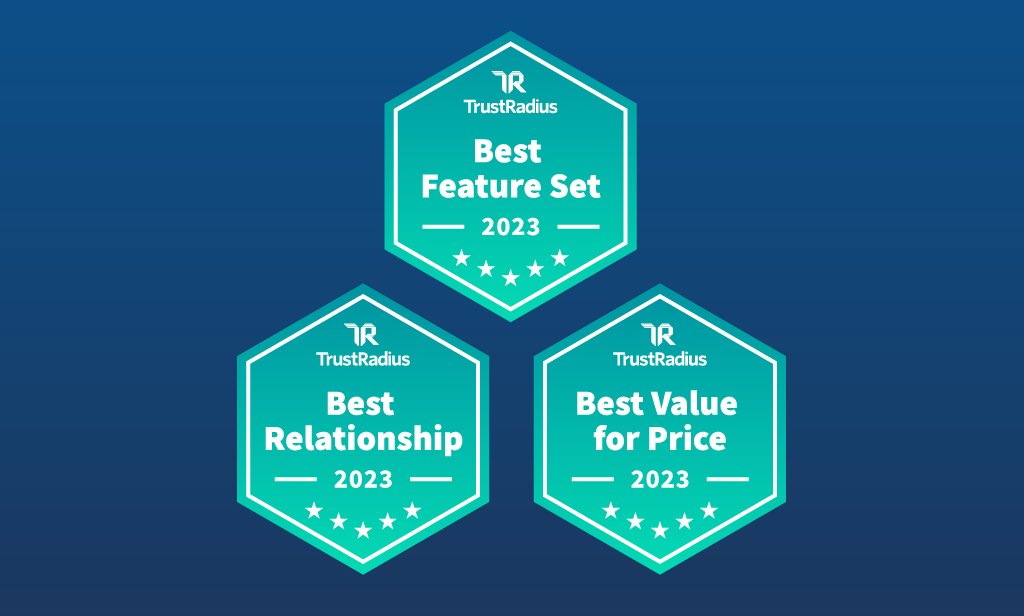Reading Time: 3 minutes
When managing your organization’s finances, you must journey down the rabbit hole of ‘what-ifs’ and be prepared for every scenario.
Planning for the possibilities prepares your organization for the unexpected, and if the hypothetical becomes a reality, you’ll already know what to do. Your organization needs to plan for multiple what-if scenarios to prepare for what’s ahead.
Here are five scenarios your organization can plan around today if it needs to execute tomorrow:
1. What if we need a better understanding of how to build the budget?
Building your budget is a multistep process that can seem daunting at first. To make it easier, take a team approach. At the beginning of the budget process, other departments should be brought in to outline their needs and then prepare to map the financial details. If you have a current budget, use that as the outline for your future budget. If you’re starting from scratch, no problem! This advice is good for whatever stage your nonprofit is at.
Nonprofit budgets should start with projected expenses and associated costs. Create an itemized list of expenses your organization would need to achieve every line item your team presented. Your budget team should then identify and estimate any upcoming large capital expenditures, and you should include a line item that plans for potential external factors and areas of risk.
This makes up your preliminary budget. After developing that, plan time to review and refine your budget, seeking approval from internal stakeholders before presenting it to your board. After your funding is approved, you should then distribute the budget internally.
2. What if we don’t have a proper budget review process?
The review process begins after your budget is approved. Your finance team will review the budget at least twice a year. Reviewing your budget is crucial to ensure your expenses are on track.
Your team should start the mid-year review process today if you’re in the second quarter of your fiscal year. You can determine what adjustments to make using first-half actuals. If any adjustments are needed, you’ll need to obtain the necessary approval from your board.
The review process is more robust if you’re readying to close the books. Ideally, you should start the process at the end of the third quarter or the beginning of the fourth quarter. You want to ensure you have enough time to review your fiscal year’s performance and determine actionable insights to inform your future budget.
3. What if there are significant variances between the budget and actuals?
Variances raise a red flag. If spending and actuals differ, you should conduct another budgetary review and a look-back analysis.
If you notice a variance, you must get to the root of the problem. For example, your organization could’ve under-budgeted for some programs, or possibly you capitalized on a new financial opportunity. The look-back analysis will show how every department in your organization fared and single out what was behind the variance. After identifying the issue, you can plan for it in future budgets.
4. What if we’re not ready for an audit?
Preparing for an audit is a year-round task, but don’t worry if you haven’t started preparing. While the process requires your full attention, it has several undeniable benefits for your organization.
Audits show that your organization is a responsible steward of donated funds, demonstrate that you are operating efficiently, and provide your board members and team with crucial financial information to make decisions.
The guide to Nonprofit Audit Fundamentals features best practices to get your organization audit ready today.
5. What if we don’t have a strategic year-end strategy?
Your organization needs to develop and follow a strategic plan. It should steer every decision you make and is essential for budgeting and other fiscal decisions.
An excellent place to start is by developing a solid strategy that aligns your budget with goals and milestones. By setting goals, you can determine what success and key performance indicators look like to your organization and develop strategies to diversify your organization’s growth.
Once you’ve met internally, reach out to your board for final approval of your organization’s strategic mission.
Make your next year your most successful to date.
Being prepared for any scenario ensures your nonprofit is operating at peak efficiency and ready for anything that can occur from falling down a rabbit hole, to overcoming an unexpected challenge. The Comprehensive Go-to Nonprofit Accounting Guide offers tips and tricks to make sure your organization is covering all its operational bases.
Share this post





